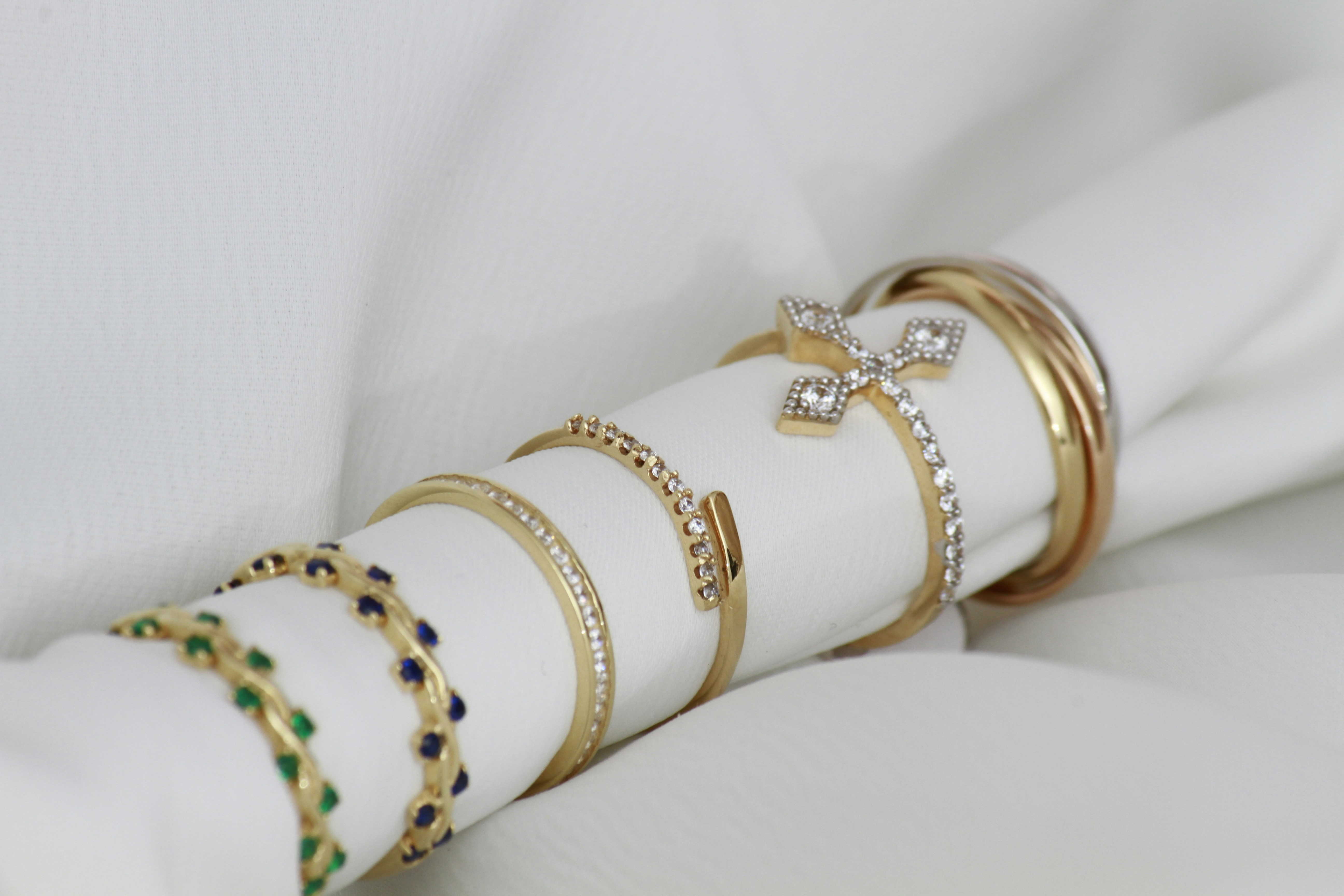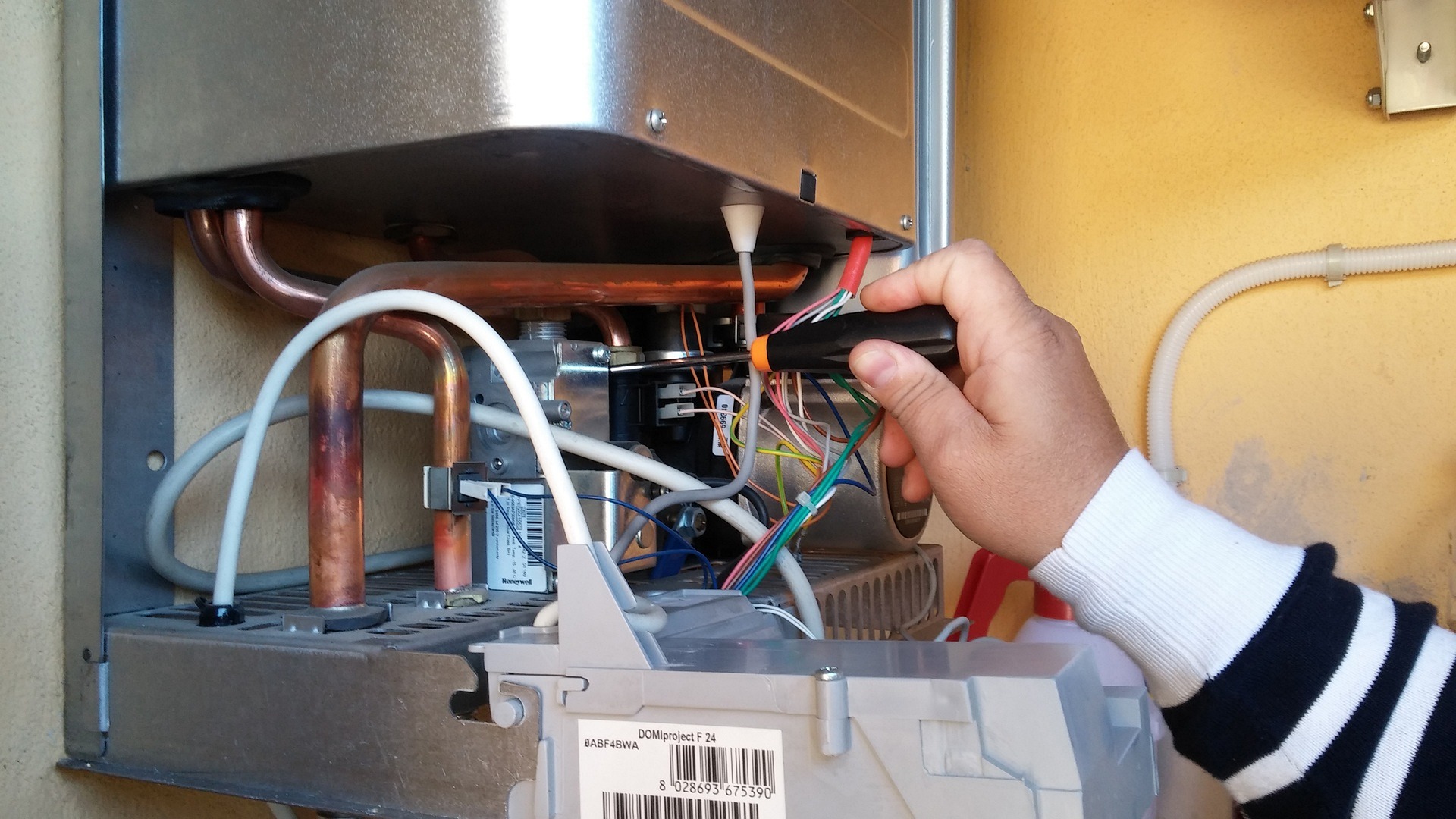Jewellery: Types, Care, and Buying Considerations
Jewellery has long combined personal expression, craftsmanship and material value. Whether inherited, purchased for a milestone, or chosen to complement an outfit, pieces vary widely by material, technique and purpose. This article explains common types of jewellery, how to assess materials and marks, practical care tips, where to look for local services, and considerations when buying or commissioning items.

What are common jewellery types?
Jewellery categories include everyday pieces like rings, necklaces, bracelets and earrings, as well as specialised items such as brooches, cufflinks and body jewellery. Materials range from precious metals (gold, silver, platinum) to alloys, base metals, and non-metal options such as ceramic, glass and certain plastics. Gemstones appear in both fine and fashion jewellery, with distinctions based on durability and rarity: diamonds, sapphires and rubies are typically harder and more resilient than opals or pearls.
Design and technique also define types: cast mass-produced items, hand-finished pieces, and fully bespoke or artisanal work created by lapidaries and jewellers. Understanding whether a piece is fashion, fine or heirloom helps set expectations for longevity, repair needs and resale potential.
How to assess materials, hallmarks and authenticity?
Hallmarks and maker’s marks are primary indicators of metal purity and origin in many jurisdictions. For example, sterling silver often carries a .925 stamp, while gold is marked with karat or fineness numbers. Certification for gemstones can come from recognised labs that report on clarity, colour, cut and treatments. When assessing a piece, look for consistent finish, secure settings for stones, and clear hallmarks or documentation.
If provenance or authenticity matters—for insurance, resale or sentimental reasons—request written certificates and any available purchase records. For antique jewellery, provenance and period-style features can affect value; consult reputable appraisers or auction house specialists when necessary to verify claims.
How to care for different types of jewellery?
Care depends on both material and construction. Soft gemstones (pearls, opals, emeralds) and fragile settings benefit from being worn with caution and stored separately in soft pouches to avoid scratches. Precious metals like gold and platinum are relatively durable but still accumulate grime; gentle cleaning with a soft brush, warm water and mild detergent usually suffices. Silver tarnishes over time and may require periodic polishing or storage with anti-tarnish strips.
Avoid exposing jewellery to harsh chemicals (household cleaners, chlorine), extreme heat, or prolonged sunlight for sensitive stones. For pieces with intricate settings or mixed materials, professional cleaning and inspection by a local services jeweller can prevent stone loss and detect early wear. Regular maintenance extends lifespan and keeps pieces looking their intended best.
Where to find local services, repairs and ethical options?
Finding dependable local services involves checking reviews, credentials and whether a workshop offers on-site repairs. Many independent jewellers provide resizing, re-tipping prongs, stone replacement and bespoke commissions. For insurance or high-value items, seek jewellers who offer detailed written estimates and use certified gemmologists. Consider ethical sourcing: ask about recycled metals, traceability of gemstones, and adherence to responsible sourcing standards.
If you prefer a wider selection or certifications, national retailers and specialist ateliers can supply lab certificates and documented sourcing. Local services may be better for personalised care and faster turnarounds, while larger providers sometimes offer broader guarantees—compare options based on the service you need.
What to consider when buying or commissioning jewellery?
When buying ready-made jewellery, prioritise clarity on metal content, gemstone treatments, return policies and any warranties. For commissioned or bespoke work, discuss design drawings, timelines, deposit and payment schedules, and the process for approving prototypes or wax models. Budget planning should include allowances for insurance, maintenance and eventual resizing or repair.
Consider how the piece will be used: daily wear versus occasional use affects choice of settings and materials. For sentimental purchases such as engagement rings or heirloom restorations, ensure all agreements are documented and check whether the jeweller provides aftercare services. If resale or future valuation is a concern, retain certificates and receipts.
Conclusion
Understanding jewellery involves more than aesthetics: it requires attention to materials, craftsmanship, care and the practices of those who make and sell pieces. By recognising common types, checking hallmarks and documentation, maintaining appropriate care routines, and choosing trustworthy local services or reputable providers, buyers and owners can preserve both the appearance and value of their jewellery. Consider the intended use and long-term care before buying or commissioning to ensure a piece remains a meaningful and durable possession.



